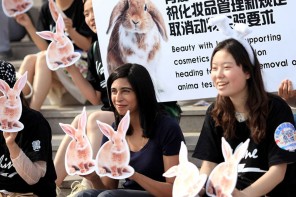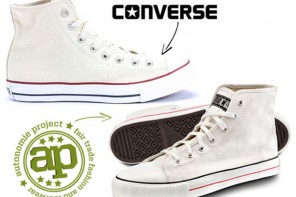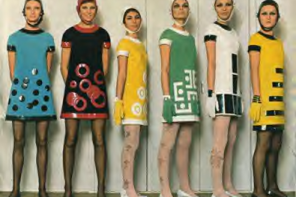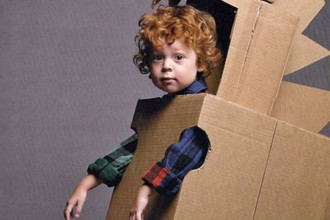Written by: Jessica Solomons
When it comes to fashion the latest trends have often been made from the skin and hair of animals. Think leather, fur, cashmere and angora – all loved by the fashion conscious and loathed by the eco-conscious. While the industry still prides itself on creating new and more glamorous designs, fashion is slowly becoming more environmentally and socially responsible. With big celebrity designers like Stella McCartney creating eco-chic fashion, the interest in ethical fashion has skyrocketed. Having dressed some of Hollywood’s elite and been featured in countless fashion magazines, Stella’s eco fashion success has helped spark an ethical fashion revolution worldwide.
Other A-listers who have jumped on the bandwagon include U2’s frontman, Bono, and his wife whose clothing line, Edun helps promote sustainable employment in developing countries and Harry Potter star Emma Watson who recently collaborated with People Tree to create her With Love From Emma collection of fair-trade and organic fashion. And of course we can’t forget model, Lily Cole whose line of knitwear produced using wool from rare sheep breeds which have been rescued by the Izzy Lane Sheep Sanctuary in Yorkshire, England, has taken the industry by storm.
Some other big names in the fashion world who are contributing to the greater good are South African born Mark Bouwer whose 2002 cruelty free collection proved to be a huge hit, and former creative director of Levi Strauss, Gary Harvey, whose line of recycled fashion showcased at the 2007 London Fashion Week to huge acclaim. Who would have thought that couture could be created using recycled laundry bags, military jackets and discarded wedding gowns!
Closer to home, designers and eco-entrepreneurs are setting up fashion labels and manufacturing companies dedicated to promoting sustainable and ethical fashion. Mantis World in East Africa is one such company, manufacturing 100% organic garments. Its Tender Loving Clothing range gives people the choice of seven different styles of organic cotton clothing across three ranges – and there’s even a line of babywear! Lunar and Lalesso are two other brands paving the way for eco-fashion in South Africa and the great Marianne Fassler, designer to the local stars, is also doing her bit for the ethical fashion revolution too.
With the growing success of eco-fashion across the globe, it begs the question, is fashion really that superficial? While the catwalks might still be dominated by silk gowns and fur embellished garments, the industry is making big strides when it comes to meeting fair-trade standards and promoting the ethical production of clothes. Now it’s up to each one of us to support the efforts of innovative, ethical designers and think before we shop. Whether we choose to stock our wardrobes with clothes solely from green designers or simply take the time to read the label on that pair of jeans we want to buy, we can make a difference and help transform the fashion industry one garment at a time!
The liveeco team





